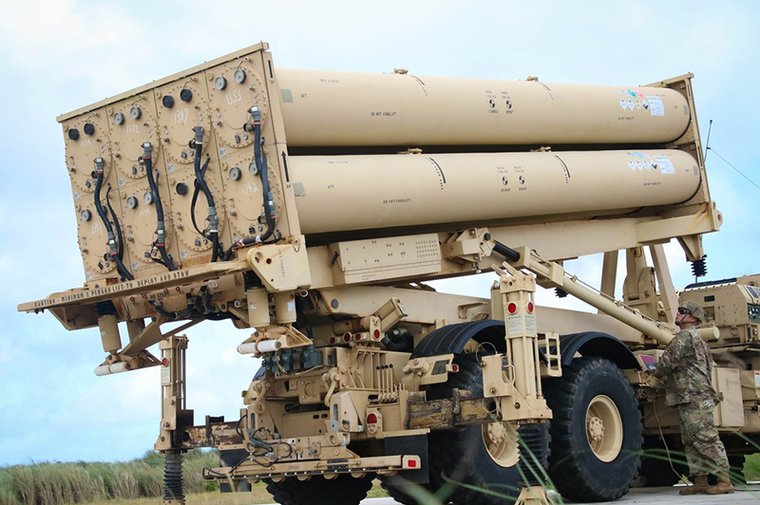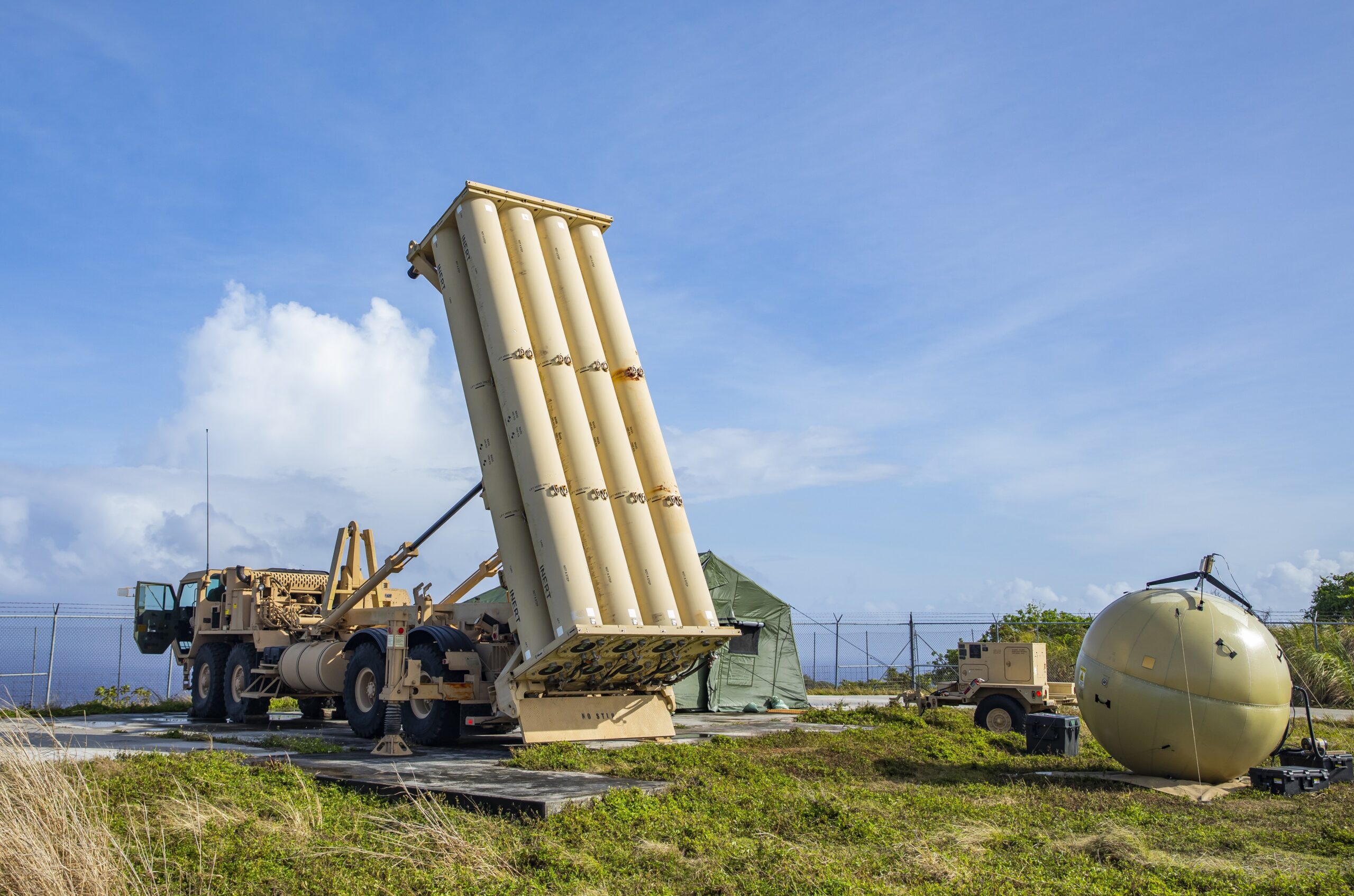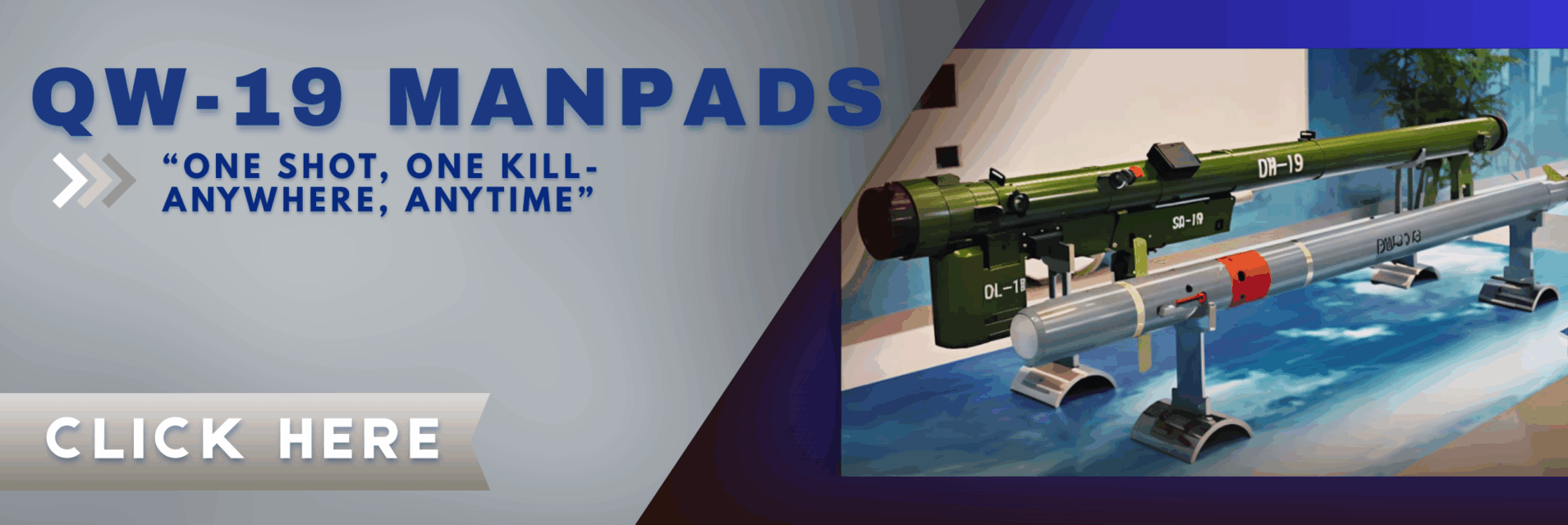Saudi Arabian Troops Complete Training on THAAD Ballistic Missile Defense System
Saudi Arabian military personnel underwent training to operate the THAAD system at Fort Bliss, Texas, following the Saudi government's procurement contract for seven THAAD systems in October 2017.

(DEFENCE SECURITY ASIA) – The first cohort of Saudi Arabian military personnel has successfully completed training on operating the Terminal High Altitude Area Defense (THAAD) system, a U.S.-made anti-ballistic missile defense system designed to intercept short, medium, and long-range ballistic missiles.
The successful completion of the THAAD system training was recently announced by Saudi Arabia’s Ministry of Defense.
The training took place at Fort Bliss, Texas, following Saudi Arabia’s acquisition of seven THAAD systems under a procurement agreement signed in October 2017.
Under this procurement, Saudi Arabia will acquire 44 THAAD launchers, 360 interceptors, 16 control stations, and seven AN/TPY-2 radars, along with support equipment and maintenance services.
The total cost of the THAAD acquisition is estimated at USD$ 15 billion (approximately RM66.7 billion).
In January 2024, Lockheed Martin signed an agreement to transfer part of the THAAD system production to Saudi Arabia.

The kingdom will locally produce missile transport and launcher containers as well as components for the missile defense system.
Previously, on September 27 this year, it was reported that Raytheon delivered the first AN/TPY-2 missile defense radar to Saudi Arabia as part of the THAAD system.
The radar delivery was part of a USD 2.3 billion (RM9.48 billion) deal inked in 2020 for seven high-powered radars.
The AN/TPY-2 radar, developed by RTX (formerly Raytheon), features Gallium Nitride semiconductors, providing enhanced surveillance capabilities and greater sensitivity to threats.
Compared to traditional radio frequency-based semiconductors, Gallium Nitride offers significant advantages in efficiency, weight, and energy output.
“The latest AN/TPY-2 radar represents a significant technological leap, with Raytheon incorporating over 50 improvements into the system,” said a senior Raytheon official.

“These upgrades will bolster Saudi Arabia’s defense against missile threats and enhance overall detection capabilities for its fleet.”
With the delivery of the first AN/TPY-2 radar, Saudi Arabia is now awaiting the remaining six units to complete its THAAD system.
Capable of detecting targets at ranges between 870 km and 3,000 km, the AN/TPY-2 radar is among the most powerful ballistic missile detection systems currently available.
The radar, integral to the THAAD system, operates within the X-Band electromagnetic spectrum, enabling precise detection and tracking of short, medium, and long-range ballistic missiles.
According to the manufacturer, the AN/TPY-2 has a proven track record against all types of ballistic missiles, whether during their initial launch or in their terminal dive toward a target.
It can operate in both Forward-Based Mode and Terminal Mode.

The U.S. began deploying the AN/TPY-2 radar in 2004, with 12 units reportedly in operation by 2021, several of which are stationed in the Middle East.
One notable location is atop Mount Har Qeren in Israel’s Negev Desert, where the U.S. is believed to operate a secret military facility known as “Site 512.”
Situated just 32 km from the Gaza Strip, the primary purpose of Site 512 is to serve as a long-range radar installation, monitoring ballistic missile launches by Iran or its proxies targeting Israel and its allies in the Middle East.
This radar facility plays a crucial role in aiding both Washington and Tel Aviv in detecting ballistic missile threats aimed at Israel. — DSA



Comments are closed.